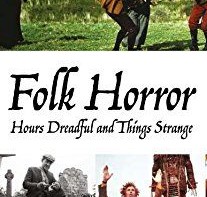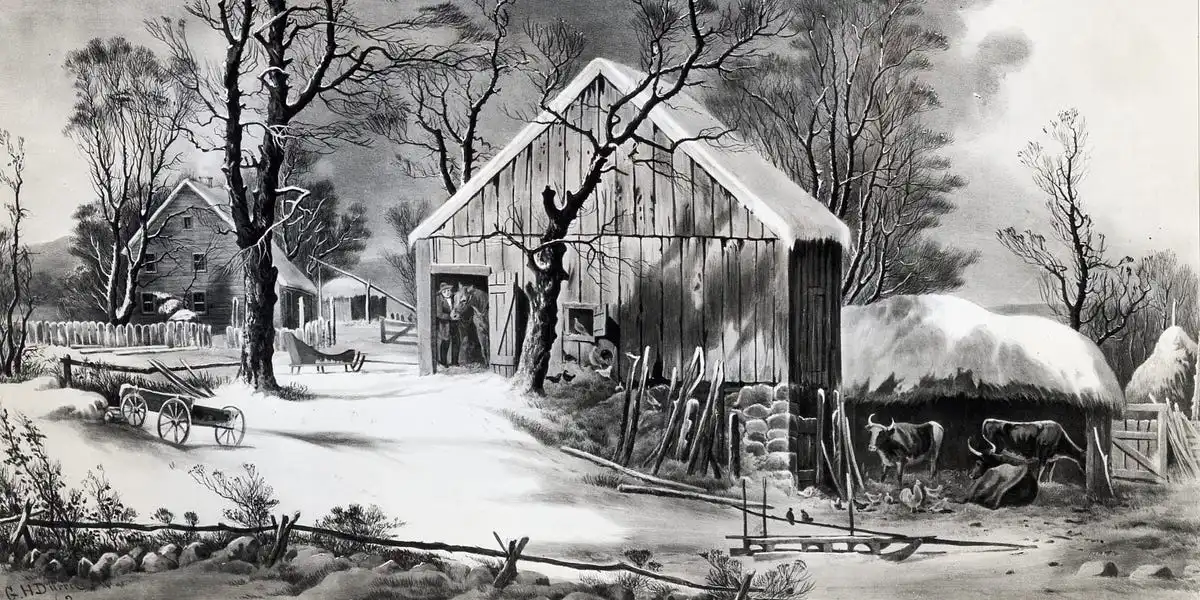THE RESURGENCE OF FOLK HORROR—an ancient subgenre of horror that concerns itself with nature and the attendant superstitions that mankind has connected to it—in recent years has been largely cinematic in nature. Examples include Robert Eggers’s tremendous film The Witch (2015), or Ari Aster’s Midsommar (2019), the latter of which owes an immense debt to one of the towering folk horror films, Robin Hardy and Anthony Shaffer’s The Wicker Man (1973). This is a welcome change in the horror film landscape, though in my experience, in horror literature folk horror has never really fallen out of style. It’s always been there, though it’s been a while since it could be considered part of horror’s mainstream. One of the most recent folk horror novels to enjoy widespread success is Stephen King’s Pet Sematary, and that came out in 1983.
This hasn’t stopped serious horror writers from taking their own swings at it. One of the best and most prominent folk horror writers working today is the English writer Andrew Michael Hurley. Before turning to novels, Hurley published two collections of short stories, neither of which are easily acquired (I simply can’t find them, affordably priced or not). But since 2014, Hurley has written three novels, all of them folk horror: The Loney, Devil’s Day, and, most recently, Starve Acre (a film adaptation of which has been playing festivals overseas, to positive reviews). I’ve read all three, and I recommend each without reservation. Today, I want to focus exclusively on his second, Devil’s Day (2017), which I believe in some key ways is one of the purest, and most interesting, examples of folk horror that I’ve encountered in some time…


